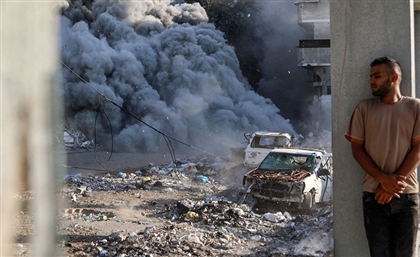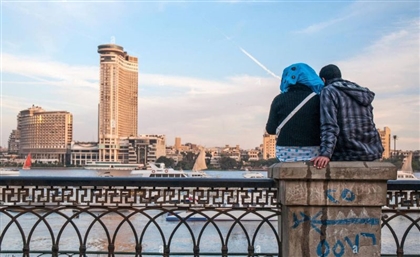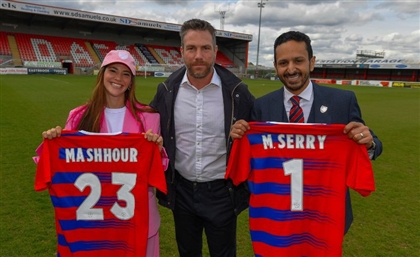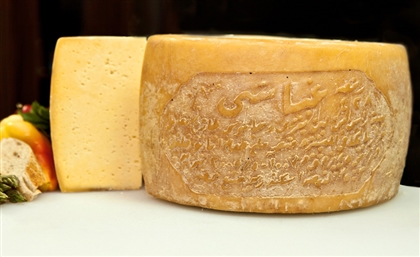Postcards From Gaza: A Counter Image of Palestine
The exhibit brings together a decade of Rehaf Al Batniji’s photographs, presented as postcards, a format that questions how Gaza is remembered and erased.

All images are courtesy of Rehaf Al Batniji and Kegham Djeghalian.
Digital or physical reproduction of the work is forbidden without the official consent of the artists.
If you Google “Gaza, Palestine” right now, many things might come up, but one thing that certainly won’t is a travel advert. You won’t be barraged with rental listings, hotel offers, or Instagram influencers rating the city's hottest destinations. What you'll certainly encounter, instead, is hundreds of think pieces and thousands of images of starving Gazan children or grey rubble, and that’s not counting all the content that has been shadowbanned or buried in an algorithm. Palestinian life and joy have been erased from the global subconscious.

This month in Cairo, an exhibition ridicules exactly that narrative, placing the now seemingly outlandish notion of Gaza as a ‘city’ and a ‘destination’ at the centre. ‘(Unsent) Postcards From Gaza’ questions the mechanisms of archiving and image-making in Gaza today.
“I keep thinking about how I woke up one day and all of my photographs suddenly became an archive,” Palestinian photographer Rehaf Al Batniji shared with me at the French Institute in Mounira. The exhibition brings together a decade of Rehaf Al Batniji’s photographs (2013-2023), presented as postcards, a format that questions how Gaza is seen, remembered and erased.
Curated by Palestinian-Armenian-Egyptian artist, creative director and professor Kegham Djeghalian Jr, the exhibit escapes what could be seen as a limiting frame, but in this context, Rehaf calls it a “liberation of images.”
The postcard format takes spectators back to a reimagined Gaza, a repackaging of the visual city’s identity. This postcard is now a material object that cannot exist in Gaza, cannot travel in or out of Gaza, and cannot be in Cairo because the infrastructure for it has been besieged and obliterated by Israel for decades. It is a visual miracle child of sorts.
In a section of the exhibition titled ‘Souvenir Shop’, postcards are haphazardly hung: one reads “Visit Gaza,” another “Gaza Mon Amour,” while another simply captures a watermelon cart, not as a political symbol, but as just a watermelon cart. A typical street vendor photo is repackaged as a destination marketing stunt, almost screaming: Gaza used to be a city. Gaza is a city. It could once be seen as a destination, not just a site, not a war zone, not a space marked by occupation, ethnic cleansing since 1948 and an escalated genocide since October 7th, 2023.
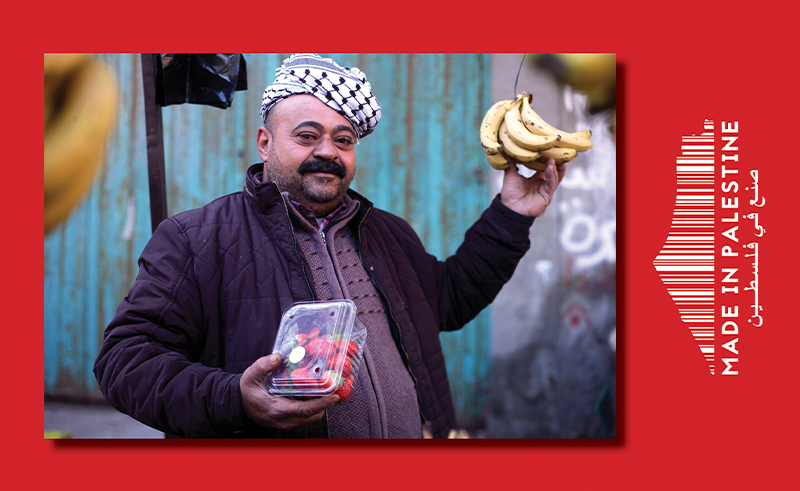
I met Kegham Djeghalian and Rehaf Al Batniji at the French Institute following the exhibition’s opening. Our conversation began with slight panic when I told them I preferred not to digitally record the interview, that I would rather take notes. The pre-interview small talk quickly spiralled into the core of their work: their need and urgency to document. They spoke of recording conversations with their parents, of remembering, of preserving, of how Rehaf even recorded the sounds of bombardment.
“Initially, I thought it was a challenge to escape that context, whether it was ‘time’ or ‘project.’ I always thought of my images of Gaza as about time, and I used photography to track time,” Rehaf explained. Throughout the exhibition, no pertinent theme or topic groups the images in terms of curation, a decision Kegham convinced Rehaf to go for through his intervention with her archive. “Dates are very limiting and problematic within a gallery space. Even the few dates we included are made up,” he added.
The exhibit is about Gaza’s mundanity, a word Kegham is adamant about using when describing Rehaf’s work. In a video installation combining that “mundane” in motion, Kegham summarises Gaza’s soundscape in three words: “The sea, souk, and drone.”
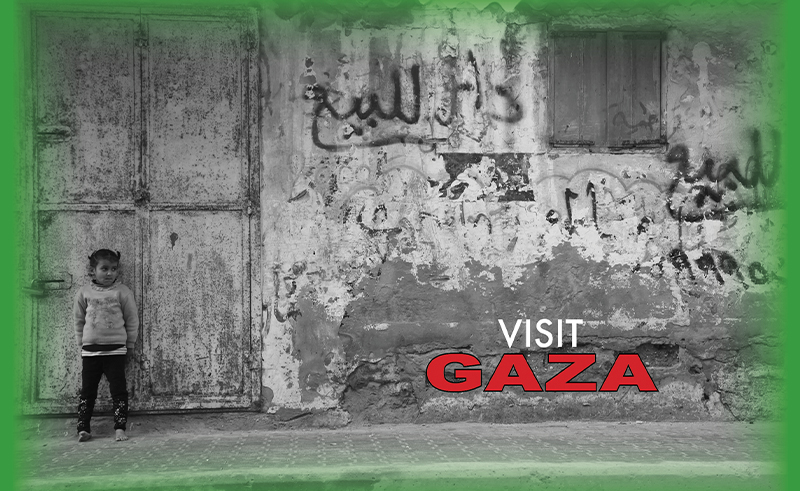
“I think this journey [the exhibition] has made me trust photography again,” says Rehaf, “This past year I haven't been able to carry a camera. Photography has become a deadly burden. I keep thinking of how everything I photographed couldn't stop time or change anything.”
To Rehaf, viewing her photos as an archive, as a whole, and not as a series of projects that tackled themes like home or family or the sea, liberated her. The totality of the work helped show what Gaza is despite war, what Gaza could be.
With one of the images displayed, the date 2048 - one of the few in the exhibit - invites speculation on a possible future of Gaza. The image depicts the old Gaza port sinking, surrounded by a sea not as bright as the rest of Rehaf’s images - a suspension similar to what reality in Gaza feels like today, after a year and a half of a genocidal war, and thousands killed by Israel.Gaza’s sea is a recurring motif in Rehaf’s work. Its openness has presented an escape and an opportunity to imagine beyond the siege and occupation for decades. Her images of the sea literally float in a section of the exhibition, suspended in a glass container filled with water.

Rehaf and Kegham, both from Gaza, are two artists whose bodies of work on Palestine do not portray violence. Not one image of violence was captured or showcased. When asked, even though the collaborators only met a year ago, their answers were similar and clear.
“There is an abundance of documentation of war. The serving of that purpose is absolutely satisfied. This is the status quo we know. Resistance is holding onto another reality, whether it’s past, imaginary present, or speculative future,” Kegham explains. “This fixation on that image is resistance. Everyone who is consumed by the atrocities of Gaza and the cause needs a counter image. We need that rectification of a portrayal and an othering of a group of people who are flattened into ‘human loss.’”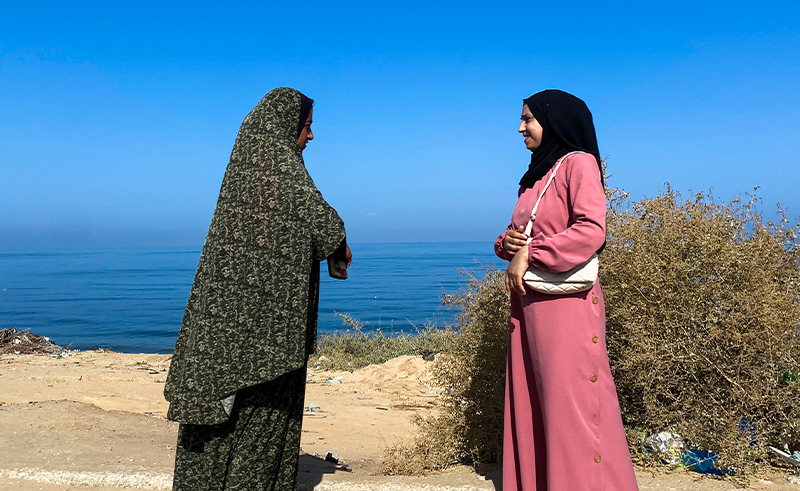
Both artists’ bodies of work respond to an occupation that systemically refuses a Gaza that is not demolished—refuses to allow us to view Gaza through any lens other than one of destruction. It refuses to let Gaza be a city. Instead, it’s a Palestinian "question," a "conflict," a city under siege.
Kegham and Rehaf, however, found themselves rejecting that visual narrative. They speculated on a future and crafted an image of Gazan life, not dead Gaza, which has filled timelines and news stories to the point of becoming a desensitised, normalised image.
One way to counter that desensitisation, as discussed in Susan Sontag’s 1977 book On Photography, is to attach a narrative to the violent image, one that resists aestheticisation and gives context to the moment captured. That narrative, in the case of Gaza, is real life in Gaza. Joy in Gaza. The colours of Gaza, which Rehaf believes are brighter than any colours in the world.
In ‘(Unsent) Postcards From Gaza’, Kegham uses the postcard as an object that can only exist within an infrastructure that was obliterated, and can only function as a tool of placemaking, a right which was denied to Palestinians for decades.
He not only holds onto another reality but goes against a flattened image of Gaza. He ‘liberates’ Rehaf’s recent work, which has suddenly become an archive. He creates an image where a kitsch, consumerist, or probably mass-produced and autonomous (or movable) postcard can exist in Gaza and beyond it. A reality where a postcard can travel from Gaza to Cairo.
- Previous Article Nordo Drops Audiovisual EP ‘Contiga’ in One Bold Release
- Next Article Rust’s ‘Masar’ EP Melds Oud & Electronica into a Sonic Odyssey

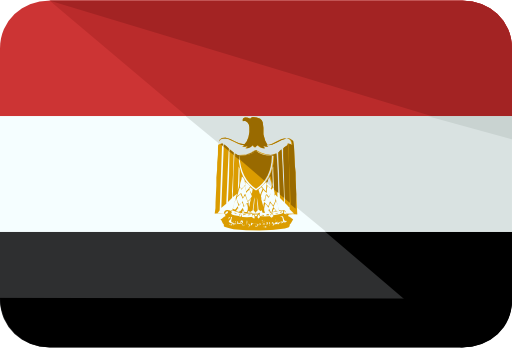
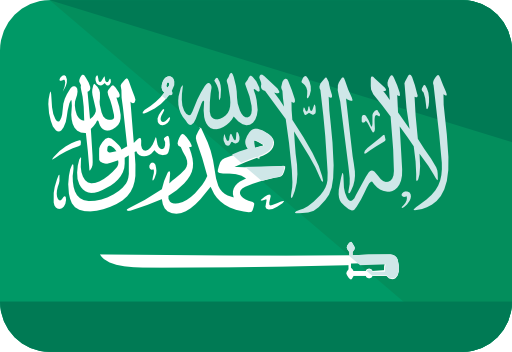




.jpeg)

